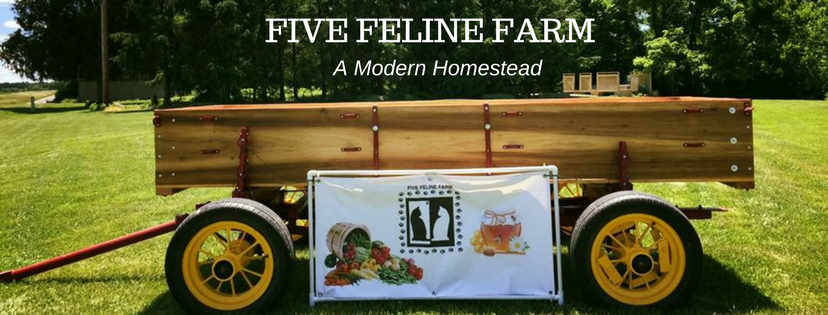My first experience with roasted garlic was at an Italian restaurant in Destin, FL. The restaurant’s name is lost to history, but I can tell you everything about that first smear of roasted garlic blended with grated parmesan and olive oil with just a twist of cracked black pepper and a pinch of salt.
The waiter offered bread service along with a whole head of garlic. The look on my face must have prompted his quick explanation: the garlic mellows when roasted. He deftly squeezed the entire, warm head of garlic into the bowl, adding the cheese, olive oil, salt, and pepper. Next to the bowl rested slices of warm baguette.
Before this, I was familiar with garlic in spaghetti sauce, garlic bread, and even sauteed mushrooms. I love the flavor, but to eat an entire head at once?
Summoning my courage, I smeared a dollop on my slice of bread. I was hooked. Mellow and rich, the flavors complemented each other perfectly.
Since then, I have seen this presentation in other restaurants, which never fails to delight me. Of course, I wanted to do this at home. I tried to recreate it from observation of the restaurant technique. Slice the top off a whole head of garlic about a quarter of the way from the top. Drizzle with olive oil and bake wrapped tightly in a piece of heavy-duty aluminum foil or a cast iron garlic baker shaped like a bulb of garlic.
To effect this technique, you need soft neck garlic. The hard neck varieties’ hard inner stalk prevents a clean slice through the bulb. At Five Feline Farm, we plant hard-neck garlic in the fall for mid-summer harvest.
Our typical varieties are Music, German Extra Hardy, and Chesnok Red. All are organic seed, and although we are not certified organic, we follow organic practices, which means we do not use chemical fertilizers or pest control.
Back to the garlic.
Hard neck garlic is best for long-term storage. We dry the garlic bulbs and then store them in a nylon hose; cheap knee highs work perfectly. However, these are getting a bit hard to find since they are no longer fashionable. Each knee-high will hold about a dozen heads of garlic. Drop one into the toe, tie a knot and drop in the next one. Do this until there is enough at the top to loop around a hook. This method allows air to circulate each bulb, keeping dampness out.
Estimating how many garlic bulbs a household will use in one year is hard. We usually save about 60 heads of garlic for the two of us. Some years, we still have several in storage when it is time to harvest. The old ones need to be used to make room for the new ones in storage. Time to roast, but that hard center stalk prevents the restaurant-style of roasting. Here’s our hack to roast and preserve garlic.
Last year’s heads and any small ones from this year that will not do well in long-term storage are separated into cloves. The innermost layer of papery covering is left on. Dump all these into a cast-iron skillet and add a good quantity of olive oil. In the 12” skillet pictured, I added about 1/2 cup olive oil. There is no need to be concerned about a precise quantity. Add enough to keep the cloves from burning and to have extra to blend in with the roasted garlic. Cover and roast at 375º for 30-45 minutes until the cloves are soft.
Remove from the oven and cool until the cloves can be handled. The next step is best accomplished by wearing a pair of food-safe gloves like powder-free exam gloves. It will get messy. Squeeze each roasted garlic clove from the papery covering into a bowl. Strain the remaining olive oil into the bowl with the garlic and mash together with a fork.
You can now season and use the roasted garlic as a spread, on potatoes, in tomato sauce, or anywhere you want to have a mellow garlic flavor. Store in the refrigerator for 1-2 weeks. You can also portion and freeze. It will not freeze solid because of the oil but will keep it for six months to a year. To use frozen roasted garlic, thaw in the refrigerator or microwave and refrigerate any leftovers.
The last time we went to Destin, the Italian restaurant was gone, replaced by a chain eatery that was not nearly so good. I am grateful to have learned about roasted garlic and to continue the tradition in my kitchen.





